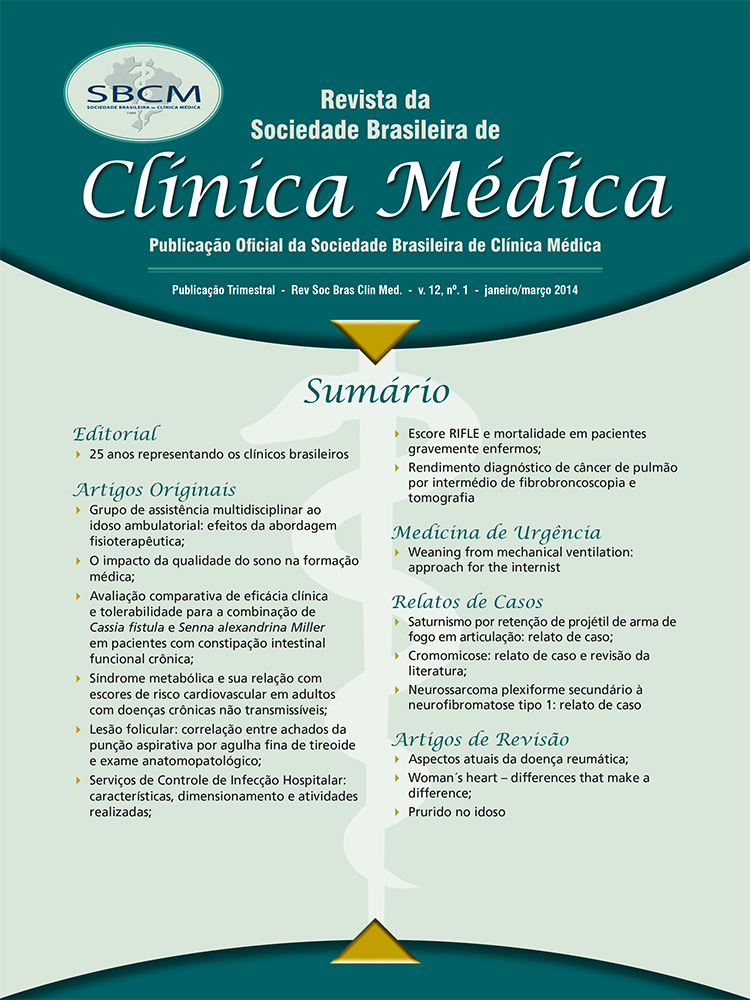Antonio Carlos Palandri Chagas
Instituto do Coração, Faculdade de Medicina, Universidade de São Paulo, São Paulo, SP, Brazil.
Governador do Capítulo Brasileiro do American College of Cardiology, São Paulo, SP, Brazil.
Paulo Magno Martins Dourado
Instituto do Coração, Faculdade de Medicina, Universidade de São Paulo, São Paulo, SP, Brazil.
Larissa de Almeida Dourado
Instituto do Coração, Faculdade de Medicina, Universidade de São Paulo, São Paulo, SP, Brazil.
Resumo
In this article, we analyze the differences between women and men in the setting of coronary artery disease. The main question is whether women are at the same cardiac heart risk as men. Throughout history, the differences between men and women - in sickness and in health - have fascinated researchers and doctors. Female (XX) and male (XY) differ in their genetics. Thus, the influence of an isolated chromosome affects the expression of disease, psychosocial characteristics and behavior, and can protect or increase susceptibility to cardiac heart disease (CHD). There are lots of myths about atherosclerosis, such as that it is a disease of the wealthy, a disease of the elderly or men´s disease. Nowadays, cardiovascular diseases are leading causes of death for American women. One in three women dies from heart disease. It´s the number 1 killer of women, regardles of race or ethnicity. It also strikes women at younger ages than most people think, and the risk rises in middle age. In addition, two-thirds of women who have heart attacks never fully recover. Incidence of cardiac heart disease is age-dependent, in men and women. Despite the advances in treatment of atherosclerosis, several secondary prevention studies have demonstrated that drugs, mainly statins, can significantly reduce cardiovascular events, including coronary death, the need for surgical revascularization, stroke, total mortality, as well as fatal and non-fatal myocardial infarction. Primary prevention studies yielded similar results, although total mortality was not affected. Statins also induce atheroma regression and do not cause cancer. However, many unresolved issues remain, such as partial risk reduction, costs, several potential side effects, and long-term use by young patients. Statins act mainly as lipid-lowering drugs but pleiotropic actions are also present. Healthy lifestyle, on the other hand, is effective and inexpensive and has no harmful effects. Five items are associated with lower cardiac risk both in men and women: non-smoking, body mass index (BMI) ≤25, regular exercise (30 min/day), healthy diet (fruits, vegetables, low-saturated fat, and 5-30 g alcohol/day). Nevertheless, there are difficulties in implementing these measures both at the individual and population levels. Changes in behavior require multidisciplinary care, including medical, nutritional, and psychological counseling. Participation of the entire society is required for such implementation, i.e., universities, schools, media, government, and medical societies. Although these efforts represent a major challenge, such a task must be faced in order to halt the atherosclerosis epidemic that threatens the world, mainly women.
